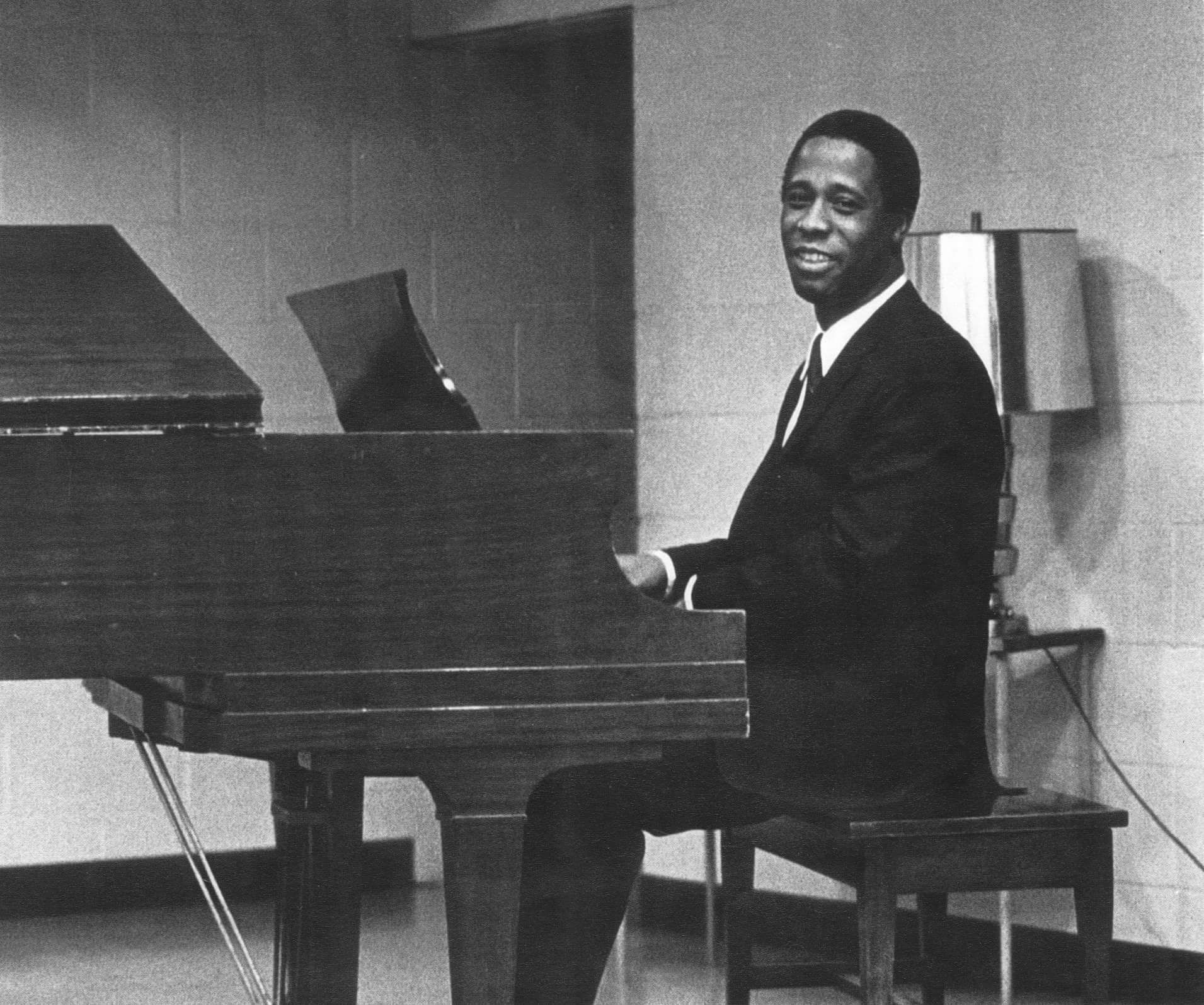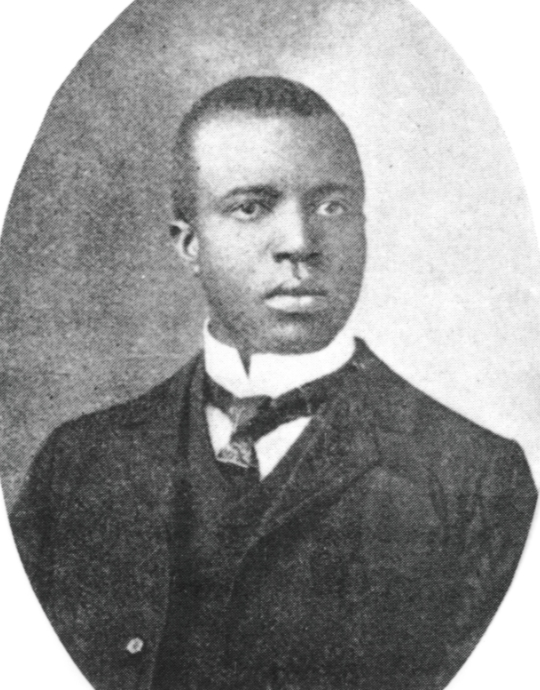Scott Joplin, often referred to as the “King of Ragtime,” was one of the most influential composers in American music history. His innovative ragtime compositions helped shape early 20th-century American music, blending African American musical traditions with classical elements. Below are five of Joplin’s most celebrated compositions that continue to captivate listeners today.
1. Maple Leaf Rag (1899)
Perhaps the most iconic ragtime piece ever written, Maple Leaf Rag cemented Joplin’s legacy as a master of the genre. The composition’s syncopated rhythms, lively tempo, and intricate melodies became the blueprint for ragtime music. Published in 1899, it quickly became one of the first sheet music bestsellers, selling over a million copies during Joplin’s lifetime. Its success not only brought Joplin fame but also popularized ragtime music across the United States. Maple Leaf Rag remains a cornerstone of piano repertoire and a vital work in American music history.
2. The Entertainer (1902)
Another timeless masterpiece, The Entertainer, is widely recognized even today, especially after being featured in the 1973 film The Sting. Known for its catchy, upbeat melody, this piece showcases Joplin’s ability to write intricate yet accessible music. The piece’s joyous syncopation and melodic charm made it a favorite in parlors and saloons alike during the ragtime era. Today, The Entertainer remains one of the most famous ragtime compositions, appealing to classical musicians and popular audiences alike.
3. The Easy Winners (1901)
One of Joplin’s most technically demanding pieces, The Easy Winners exemplifies his mastery of syncopation and rhythmic complexity. The composition’s energetic opening contrasts beautifully with more lyrical, flowing sections, showcasing Joplin’s ability to blend rhythmic vitality with harmonic richness. While less well-known than Maple Leaf Rag or The Entertainer, it stands out as one of his most intricate and satisfying works, often performed by those looking to tackle more challenging ragtime compositions.
4. Treemonisha (1911)
Treemonisha represents a departure from Joplin’s strictly instrumental compositions, as it is a full-length opera. This ambitious work combines elements of ragtime, folk music, and classical opera, telling the story of an African American woman named Treemonisha who leads her community to enlightenment through education. Though initially not well-received, Treemonisha was rediscovered in the 1970s and hailed as a pioneering work. It stands as one of Joplin’s crowning achievements, showcasing his vision and versatility as a composer.
5. Solace: A Mexican Serenade (1909)
Solace is one of Joplin’s most unique works, combining ragtime’s characteristic syncopation with a more lyrical, contemplative mood. Unlike many of his other compositions, Solace unfolds at a slower tempo, creating an atmosphere of melancholy and introspection. The piece’s graceful melody and gentle syncopation evoke a serenade’s quiet beauty, making it one of Joplin’s most emotionally resonant works. It shows a different, more reflective side of his compositional style, proving that ragtime could be as expressive as it was lively.
Scott Joplin’s contributions to American music cannot be overstated. His works not only defined the ragtime genre but also laid the groundwork for future developments in jazz, blues, and classical music. Whether it’s the lively syncopation of Maple Leaf Rag or the operatic scope of Treemonisha, Joplin’s compositions continue to inspire and delight listeners around the world. These five pieces are a testament to his genius, showcasing his innovation, technical prowess, and enduring legacy.


Comments are closed